Past Books
Some of the books we've already discussedHere are some of the books we discussed in 2021 and 2022.
With new members joining all the time, we’ll be sure to revisit some of these books for more discusions. If you’re particularly interested in a specific book, email kate at classicsbookclub dot online and we may able to schedule another discussion.
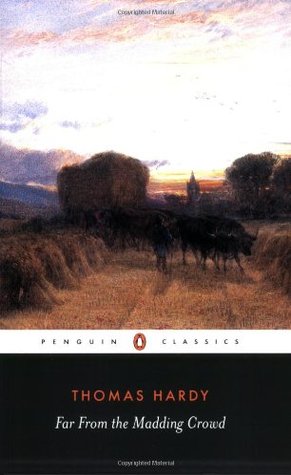
Far from the Madding Crowd by Thomas Hardy
19th Century Classic – Published in 1874
A lighter novel by one of the classic writers of English literature.
Set in the fictional county of Wessex, the novel features Bathsheba Everdene, a spirited, young worman, who moves to Weatherbury to be a farmer. It follows her life in the community over many years and her relationships with three very different suitors – a gentleman farmer, a soldier and a shepherd.
Unlike many of his contemporaries, Hardy was interested in the lives of the lower and middle classes in rural England and the impact of social and economic change on them and their communities. His work is rich with plot and dialogue, making them fairly accessible for those less familiar with reading Victorian novel., although they can be full of tragedy
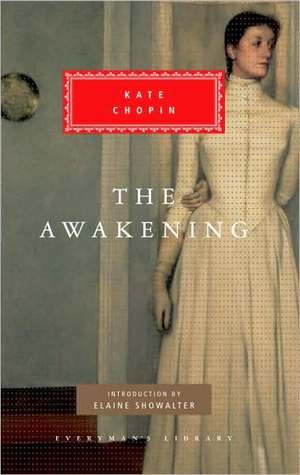
The Awakening by Kate Chopin
19th /20th Century Classic – Published in 1899 in the USA
A dramatic novel about a passionate and artistic women exploring independence from her husband in the US at the turn of the century.
This novel is about Edna Pontellier, a twenty-eight year old Creole society woman, who is married with two sons. One summer, when her husband is away, she begins an affair with a younger man and imagines life without her marriage.
Is this a feminist novel? The author claims not have been a feminist nor a suffragette yet the story signals some of the societal changes to come. She was so haunted by the scandal it created that she never wrote another novel. What do we as a contemporary reader make of Edna and her choices? How does this differ to the reaction of readers at the time?
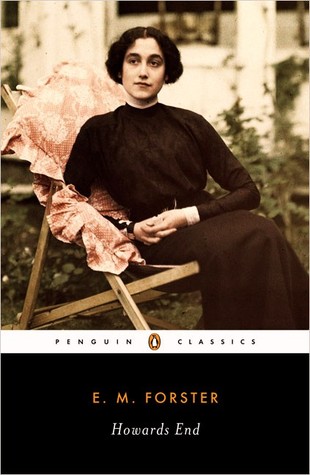
Howard’s End by EM Forster
20th Century Classic – Published in 1910 in England
An engaging story of life in England at the time told through the links between three families and the inheritance of a country house. It is often regarded as one of Forster’s best novels.
The book revolves around three very different families in England: the Wilcoxes, rich capitalists; the half-German Schlegel siblings; and the Basts, an impoverished lower-class couple . Through their relationships, Forster explores the social, economic, and philosophical forces at work in England in the years preceding WWI
Forster was also known for Room with a View, Where Angels Fear to Tread and A Passage to India. He writes about class and hypocrisy and is often witty and perceptive.
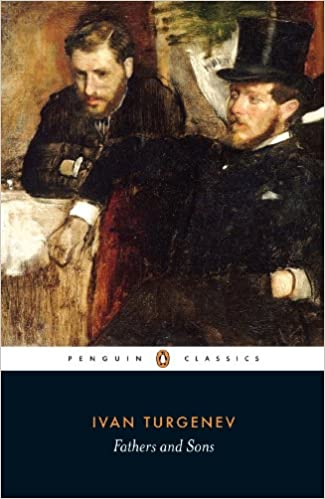
Fathers and Sons by Ivan Turgenev
19th Century Classic – Published in 1862 in Russia
A short and accessible novel about the growing generational divide between the Russians of the 1830s/40s (the fathers) and the new nihilists (the sons).
It tells the story of Arkady Kirsanova who returns to his father’s provincial estate after completing university in Petersburg. He is accompanied by his good friend Bazarov, a nihilist.
Turgenev was a contemporary of Dostoevsky and Tolstoy and wrote about social and ideological change with a light naturalist style.

The Tenant of Wildfell Hall by Anne Bronte
19th Century Classic – Published in 1848 in England
One of the first novels about domestic violence, by the least well know Bronte sister.
It tells the story of Helen ‘Graham’, a mysterious widow who arrives at the deserted hall with her young son. Her neighbour, Gibson Markham, befriends her and discovers that she has fled from an abusive husband, Arthur. It caused quite a scandal when it was first published, and Anne’s sister Charlotte disowned the novel.
It is quite interesting to read this novel, with our 21st views on women’s rights and different laws regarding marriage. The time it was written also influences how the author presents the topic and what is said (and left unsaid) about the relationship between Helen and her husband.

The Plague by Albert Camus
20th Century Classic – Published in 1947 in France
An intriguing novel from the Nobel prize winning French philosopher and novelist.
The novel follows the residents of the North African town of Oran and the outbreak of a deadly plague. It is also believed to be symbolic of the rise in nazism in France.
Unsurprising, the novel experienced a surge in popularity in 2020, as COVID-19 hit the world and we experienced quarantine.

Cranford by Elizabeth Gaskell
19th Century Classic – Published in 1853 in England
An engaging collection of interconnected stories featuring the women of a small town in rural England.
It tells the story of of Miss Matty and Miss Deborah, two middle-aged spinster sisters striving to live with dignity in reduced circumstances.
Elizabeth Gaskell, also known as Mrs Gaskell, is a skilful writer who wrote about the lives of women in Victorian England, but sadly not read as a much as Jane Austen to whom she is often compared. Cranford and Wives and Daughters are her most ‘Austen-esque’ novel.

The Woman in White by Wilkie Collins
19th Century Classic – Published in 1859 in England
An entertaining and intriguing mystery by one of Charles Dickens’ close friends
The novel tells the story of Walter Hartright, a young art teacher, who encounters a mysterious and distressed woman dressed entirely in white. Later, working at a country house in Cumberland, he meets Laura, a beautiful young heiress who bears a striking resemblance to the mystery figure.
The Women in White, along with the Moonstone also by Wilkie Collins, are considered to some of the earliest detective novels. As a modern reader, it’s easy to see some of the tricks Collins is playing and some of the devices which will become common in later novel. Does it hold up today? Or are modern readers too sophisticated?
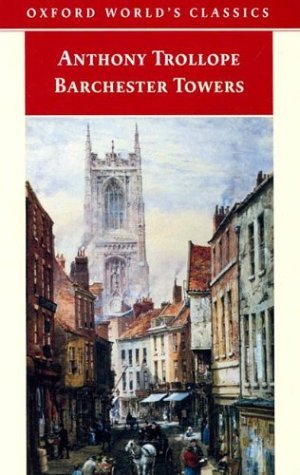
Barchester Towers by Anthony Trollope
19th Century Classic – Published in 1857 in the United Kingdom.
An entertaining novel from one of the masters of Victorian era fiction.
It is set in the fictional cathedral town of Barchester and follows the scheming to appoint a successor to the beloved bishop and the aftermath of his appointment. It features various characters around the new Bishop and the marriage prospects of Eleanor Bold, the widowed daughter of the hospital warden, Septimus Harding.
Don’t worry too much about sorting out the specifics of the church positions (or reading the prequel). Like all Trollope novels, the story is about people, class, pretensions and power, with a bit of romance and money for good measure.
This novel is part of his Barchestershire series but works well as a standalone read and as an introduction to Anthony Trollope.
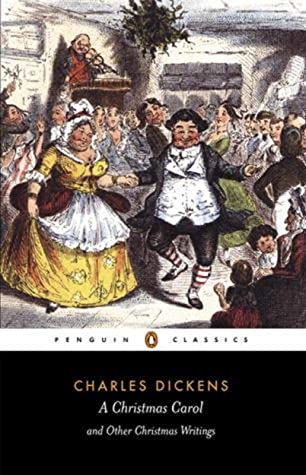
A Christmas Carol by Charles Dickens
19th Century Classic – Published in 1847 in England
One of the most adapted and misadapted stories ever! But have you ever actually read the original novella?
It tells the story of Ebenezer Scrooge, a miserly and isolated rich man, who is visited one stormy Christmas Eve by four ghosts.
While considerably shorter than Dickens’ novels, it still shows the skills of Dickens as a writer and his ability to to create characters and plots which have continued to influence us today. As such, it is a perfect choice for Classics Book Club Online’s first Christmas.
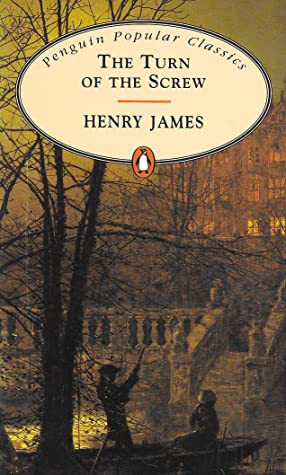
The Turn of the Screw by Henry James
19th/20th Century Classic – Published in 1898 in the USA
An intriguing ghost story (or is it?) by of one of the masters of American-English literature. The novella tells the story of a governess who, caring for two children at a remote estate, becomes convinced that the grounds are haunted.
The Turn of the Screw was originally serialised and was one of many shorter works written by Henry James, in addition to his longer novels. He was interested in the psychology of his main characters as their social interactions and also explored the motivations of young, unmarried women in his other well known works including The Portrait of a Lady, The Wings of A Dove and Washington Square.
This novel, in particular, continues to provoke discussion and debate and the interpretations of it have changed considerably over time. Is just James just writing a gothic, horror novel in the tradition of the Victorian ghost stories, as he was contracted to do? Or is he parodying them? Or is the unnamed governess actually suffering a nervous breakdown?
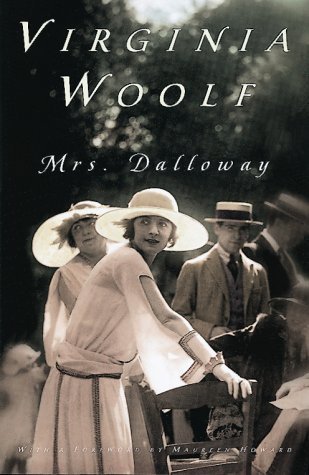
Mrs Dalloway by Virginia Woolf
20th Century Classic – Published in England in 1925
A deceptively simple short novel from one of the pioneers of stream of consciousness as a narrative device.
It follows a day in the life of Clarissa Dalloway as she prepares for a party that she is hosting that evening, and Septimus Harding, a war veterna, The story travels forward and back in time and in and out of the characters’ minds to construct an image of Clarissa’s and Septimus’s life and of the post-first world war society in which they live.
A popular literary figure in the interwar period in the UK, Virginia Woolf was a central part of the Bloomsbury group. She wrote nine novels, including the more experimental The Waves and Orlando.
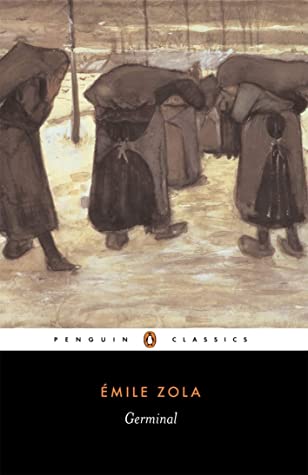
Germinal by Emile Zola
19th Century Classic – Published in 1885 in France
A gripping human story of the poverty and wretchedness of a mining community in northern France.
Based on detailed research at a similar mine, the novel follows Etienne Lantier, an unemployed mechanic who takes a job in the mines and the Maheu family who befriend him. It paints a detailed portrait of the lives of the workers and the mining village.
This novel is part of the Rougon-Marquart series, a set of twenty-four interrelated but standalone novels, which Emile Zola wrote to describe French society at the time . His natural, almost cinematic style is very engaging, although his stories are often bleak and (spoiler/warning) he is not a fan of a happy ending!
Translation Notes: Sometimes it really doesn’t matter which translation you reading, but when it comes to Zola you need to be careful! The earlier translations done in the UK by Henry Viztelly and then his son Ernest Viztelly make significant amendments to the text, to avoid the obscenity laws at the time. As such, please seek out the Penguin Classics edition translated by Roger Pearson or the Oxford World Classics edition translated by Peter Collier. If you are looking at a free or cheap version of the novel chances are it will be the VIztelly translation. You have been warned!
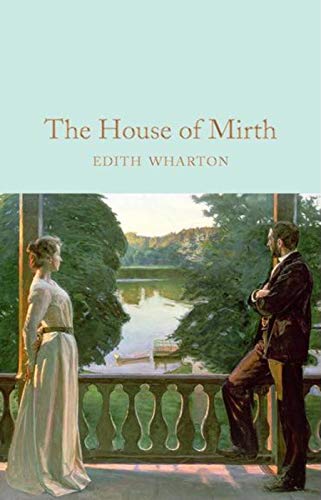
The House of Mirth by Edith Wharton
20th Century Classic – Published in the USA in 1905
A compelling story about New York high society at the end of the 19th Century and the challenge to be who we are instead of who society wants us to be.
It follows Lily Bart, a well born but impoverished women, who has failed to secure a suitable husband, despite many years and many opportunities. She becomes increasingly desperate to marry a fortune, despite her love for the equally poor Lawrence Selden.
Both of a member of and an escapee from the society which Lily inhabits, Edith Wharton is able to draw a sympathetic portrait of her flawed heroine. Due to its commercial success, the book was initially dismissed as a genre novel, but instead it is a sharp social commentary and illustrate the shallow, grasping nature of the society in which Lily lives.
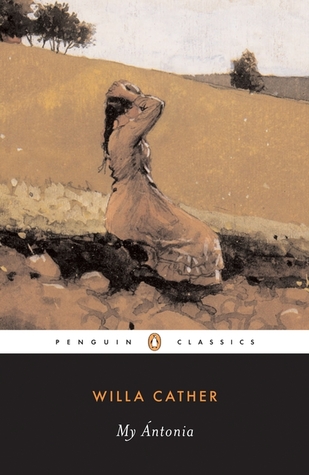
My Antonia by Willa Cather
20th Century Classic – Published in the USA in 1918
An engaging story of the frontier life of the American West at the end of the 19th Century and the experience of immigrant women.
The novel tells the story of Antonia Shimerda, the eldest daugher of family of immigrants from Bohemia (now in the Czech republic) , who face hardship when they settle in rural Nebraska. It is told through the eyes of Jim Burden, an orphaned boy who arrives to live with his grandparents and becomes close friends with Antonia.
Willa Cather was writing at the same time as Edith Wharton, but tells very different stories of the lives of very different women. She won the Pulitzer Prize in 1922, the year after Edith Wharton, who at the time was the first women to win the award.
Discussion: Sun 12th June 10am AEST OR Wed 15th June 6.30pm AEST
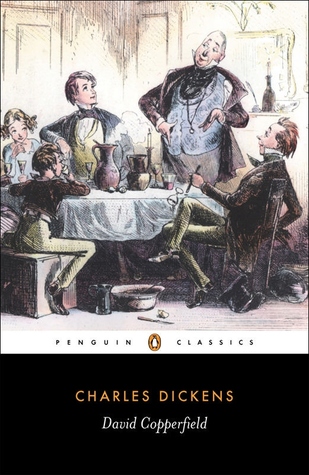
David Copperfield by Charles Dickens
19th Century Classic – Published in 1849 in the UK
NB: This is a long read – start ASAP!!
One of the most popular novels by one of the legends of Victorian literature. It contains most of the noteworthy elements of Dickens including : great writing, a long and twisting plot, a mix of serious and trivial concerns, multiple characters, wit and social satire, commentary on Victorian society and a (mostly) happy ending.
It follows the life of David Copperfield from unhappy childhood (complete with a wicked stepfather) to the discovery of his ‘vocation’ as a novellist. It is partly auto-biographical with some aspects closely following events in Dickens’ life and was his personal favourite amongst his own novels.
Dickens wrote this work in the middle of his career, just before he was beginning to work more as a journalist and is regarded as a turning point in his work in terms of the maturity and depth.
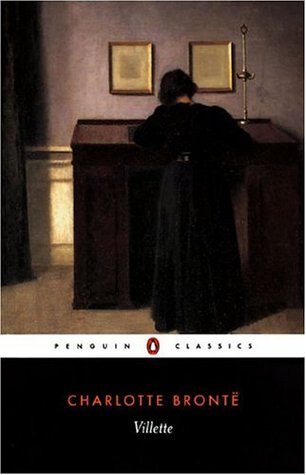
Villette by Charlotte Bronte
19th Century Classic – Published in the UK in 1853
The third and last novel of Charlotte Bronte, who is, of course, best known for Jane Eyre.
The story is told by Lucy Stowe, a young women who travels from England to a fictional french-speaking town (based on Brussels) after an unspecified tragedy. It is inspired Charlotte’s time in Brussels as both a student and then later a teacher.
It is an intriguing, psychological novel, with a number of gothic elements and a narrator who frequently leaves out key facts and doesn’t always tell us what she is really thinking.
Discussion: Sun 26th June 9.30am AEST OR Mon 27th June 8pm AEST
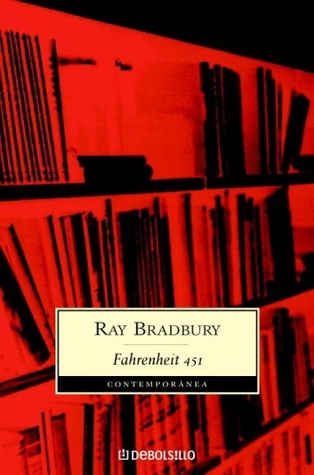
Fahrenheit 451 by Ray Bradbury
20th Century Classic – Published in 1954 in the USA
This short novel is one of those classics which feels like it could have been written today.
Set in unspecified city in America in the distant future, it is the story of Guy Montag, a ‘fireman’ whose job is to burn printed books, which are now banned, and the houses in which he finds them. His life changes when a new neighbour moves in, leading him to question what he believes he ‘knows’
While it was inspired by McCarthyism in the US, it resonates with today’s interest in book banning and censorship and our need to question what is really true.
Discussion: Sat 21st May 10am AEST OR Tue 24th May 7pm AEST
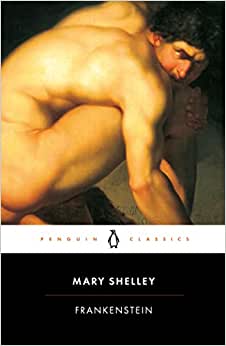
Frankenstein by Mary Shelley
19th Century Classic – Published in 1818 in the UK
One of the first science fiction novels – it is both romatic and terrifying,
It tells the story of Victor Frankenstein, a young scientist who creates a grotesque, sapient creature in an unorthodox experiment.
Shifting between Frankenstein, the ‘monster’ and a third narrator, it challenges us to consider what makes us ‘human’. While thought provoking, it is quite accessible to the modern reader.
Discussion: Sat 16th July 10am Australian Eastern Standard Time OR Tues 19th July 7pm AEST
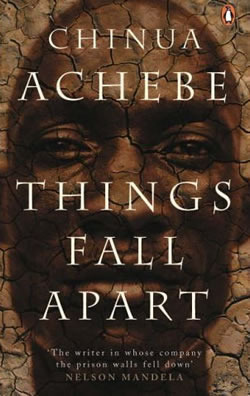
Things Fall Apart by Chinua Achebe
20th Century Classic – Published in 1958 in Nigeria

The Picture of Dorian Gray by Oscar Wilde
19th Century Classic – Published in 1890 in the UK

The Heart is a Lonely Hunter by Carson McCullers
20th Century Classic – Published in 1940 in the USA
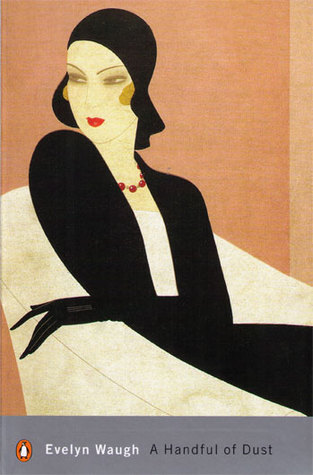
A Handful of Dust by Evelyn Waugh
20th Century Classic – Published in 1934 in the UK
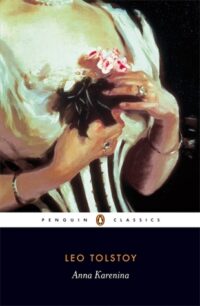
Anna Karenina by Leo Tolstoy
19th Century Classic – Published in 1877 in the Russia

Les Liaisons Dangereuses by Pierre Choderlos de Laclos
18th Century Classic – Published in 1798 in France

Dead Souls by Nikolai Gogol
19th Centry Classic – Published in 1842 in Russia
This satirical and comic novel depicts the lives of Russian provincials and petty bureaucrats in Russia in the early 1840s.
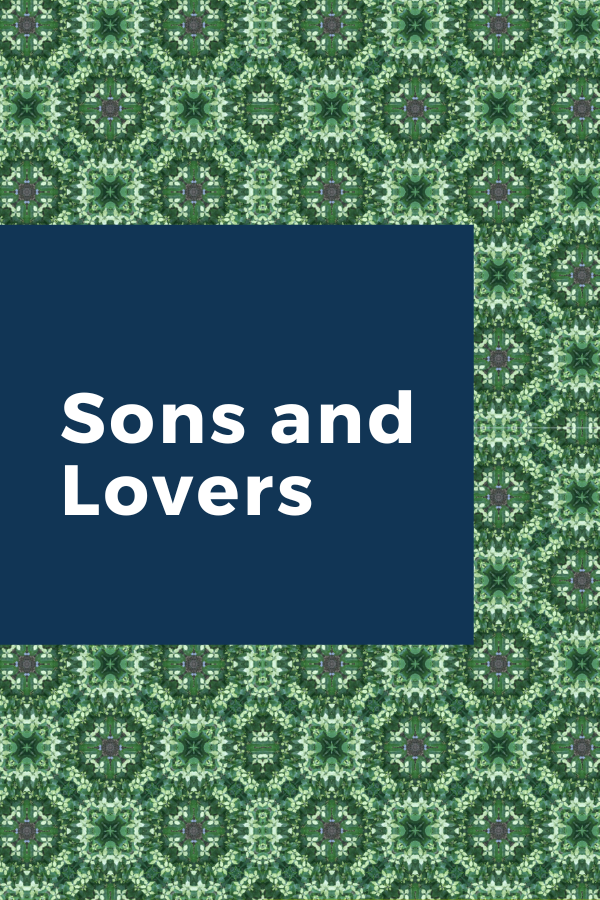
Sons and Lovers by DH Lawrence
20th Century Classic – Published in 1913 in the United Kingdom

Gigi by Colette
20th Century Classic – Published in 1944 in France
This novella tells the story of 15 year old Gigi, who is being trained to join the family business as a courtesan, and may also be falling for Gaston, a wealthy Parisian.
Colette was in herself a very interesting character, as renowned for her love affairs as for her role in french literature. She rejected the phrase feminist, but her writing rejects the ideas of the time in terms of appropriate female behaviour and stories.
While it could / should be shocking to the contemporary reader , it is as times delightful to read.
Discussions: Mon 12th Dec 12noon AEDT OR Mon 12th Dec 8pm AEDT
NB: All times quoted in Australian Eastern Standard Time (for Melbourne Australia). Click on the event date/time above to see details of local times for main member countries or to convert to your local time, click here

North and South by Elizabeth Gaskell
19th Century Classic – Published in 1854 in the United Kingdom
A compelling story of poverty and class relationships in 19th century England by one of the great Victorian-era novelists.
It tells the story of Margaret Hale, who moves with her family to the industrial North of England. She meets mill owner, John Thornton, and discovers the poverty and suffering of the local mill workers.
Often compared to Austen or Dickens, Gaskell has a unique voice, mixing stories of women’s lives with a harsher social realities. Her books often include portraits of lives of many stratas of society and are often concerned with the upheaval of class boundaries and the industrialization of England.
Discussions: Wed 28th Dec 7pm AEDT OR Thu 29th Dec 12 noon AEDT
NB: All times quoted in Australian Eastern Standard Time (for Melbourne Australia). Click on the event date/time above to see details of local times for main member countries or to convert to your local time, click here
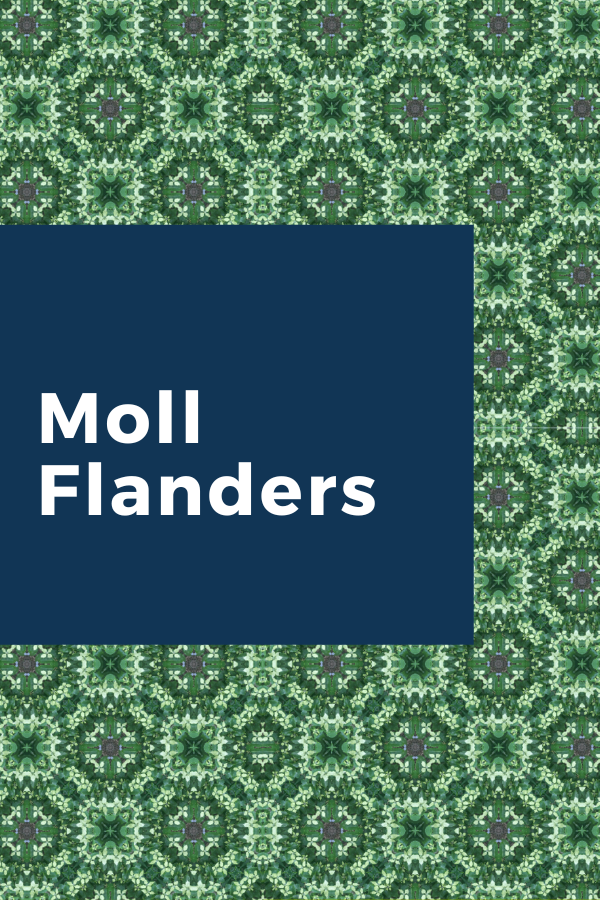
Moll Flanders by Daniel Defoe
18th Century Classic – Published in 1722 in the UK
Discussions: Tues 14th Feb 12 noon AEDT
NB: All times quoted in Australian Eastern Daylight Savings Time (for Melbourne Australia). Click on the event date/time above to see details of local times for main member countries or to convert to your local time, click here
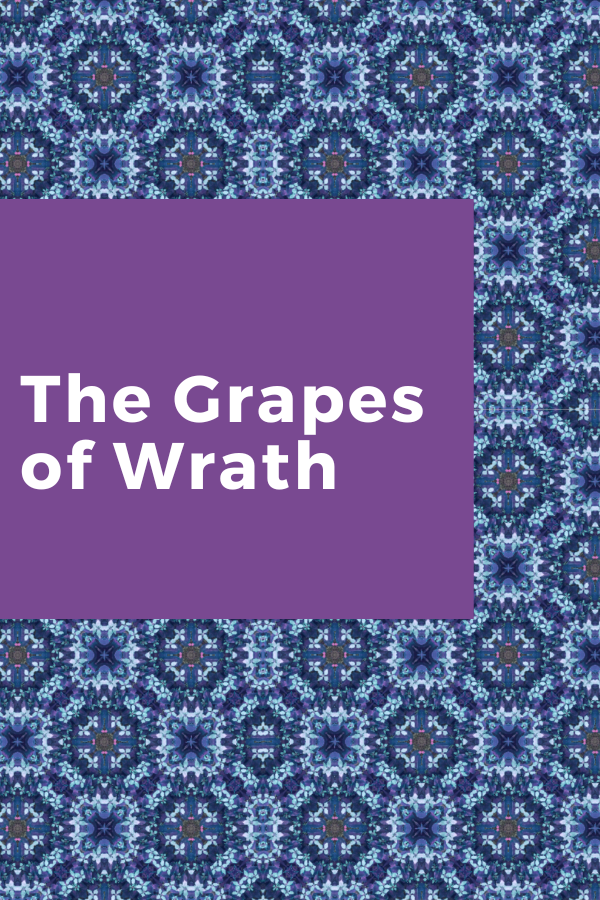
The Grapes of Wrath by John Steinbeck
20th Century Classic – Published in 1939 in the United States
Discussions: Sun 26th Feb 11am AEDT OR Mon 27th Feb 8pm AEDT
NB: All times quoted in Australian Eastern Daylight Savings Time AEDT (for Melbourne Australia). Click on the event date/time above to see details of local times for main member countries or to convert to your local time, click here
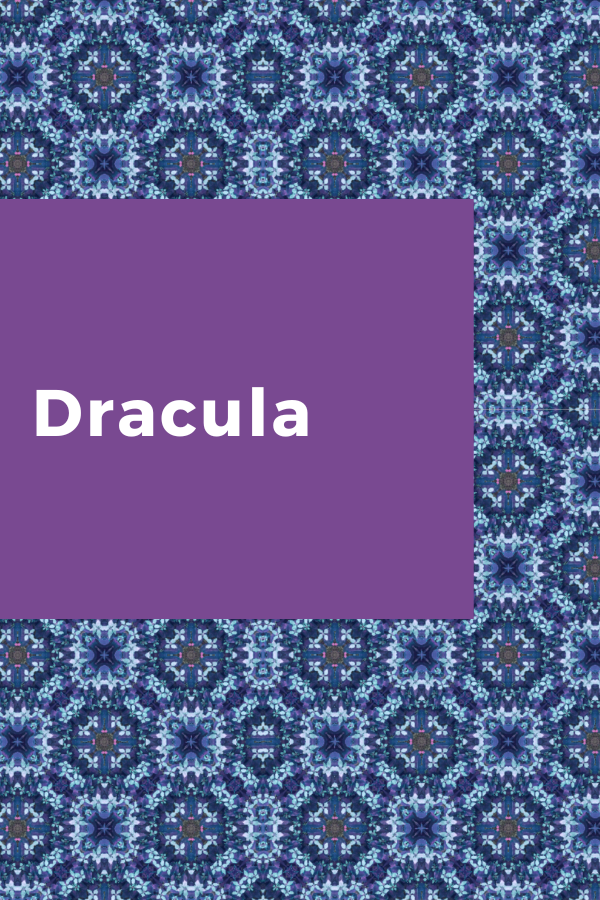
Dracula by Bram Stoker
19th Century Classic – Published in 1897 in the UK
Discussions: Wed April 19th 7pm OR Fri 21st April 10am
NB: All times quoted in Australian Eastern Standard Time (for Melbourne Australia). Click on the event date/time above to see details of local times for main member countries or to convert to your local time, click here

A Room with a View by EM Forster
20th Century Classic – Published in 1908 in the UK
Discussions: Tues 28th March 7pm OR Wed 29th March 11am AEDT
NB: All times quoted in Australian Eastern Daylight Time (for Melbourne Australia). Click on the event date/time above to see details of local times for main member countries or to convert to your local time, click here

Great Expectations by Charles Dickens
19th Century Classic – Published in 1861 in the UK
Discussions: Sat 27th May 10am OR Mon 29th May 8pm
NB: All times quoted in Australian Eastern Standard Time (for Melbourne Australia). Click on the event date/time above to see details of local times for main member countries or to convert to your local time, click here

Northanger Abbey by Jane Austen
19th Century Classic – Published in 1817 in the UK
Discussions: Mon 17th July 8pm OR Wed 19th July 10am
NB: All times quoted in Australian Eastern Standard Time (for Melbourne Australia). Click on the event date/time above to see details of local times for main member countries or to convert to your local time, click here
Special Offer: Four Months for the Price of Three
For a limited time, if you join now for three months, we’ll give a four month extra for no additional charge. for the price of three months. Or you can also join as a monthly member with a simple recurring payment.
